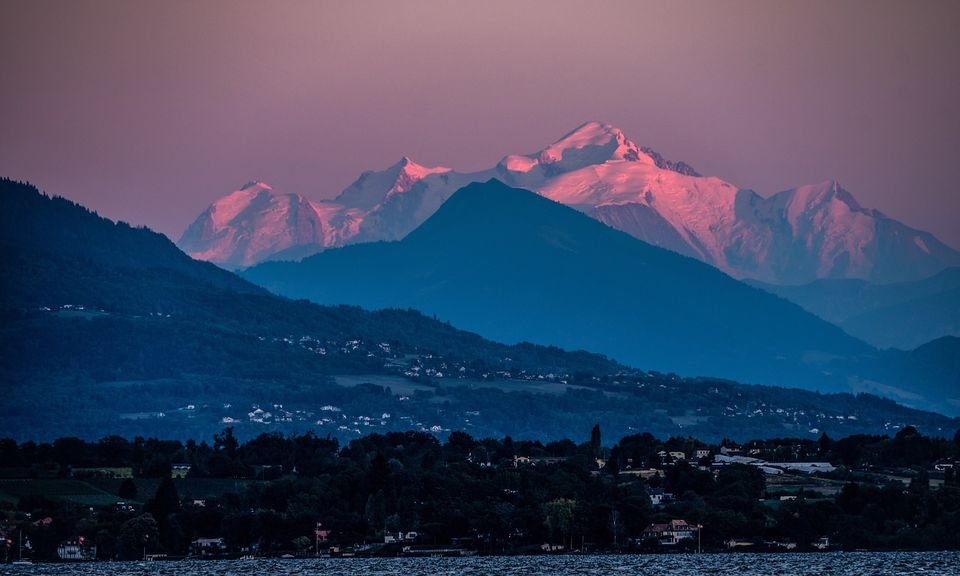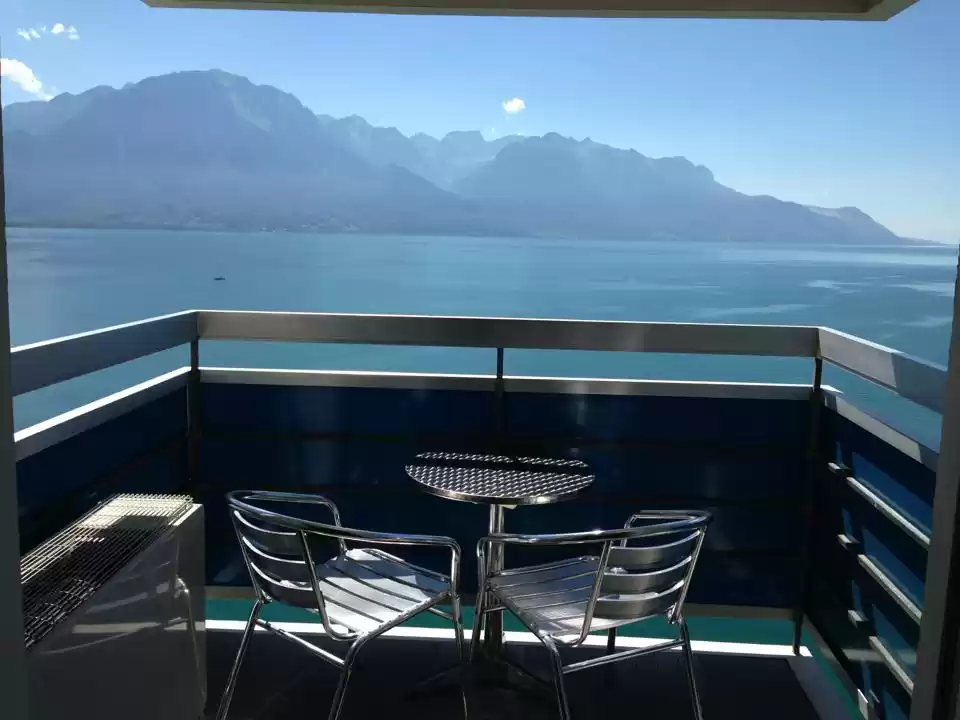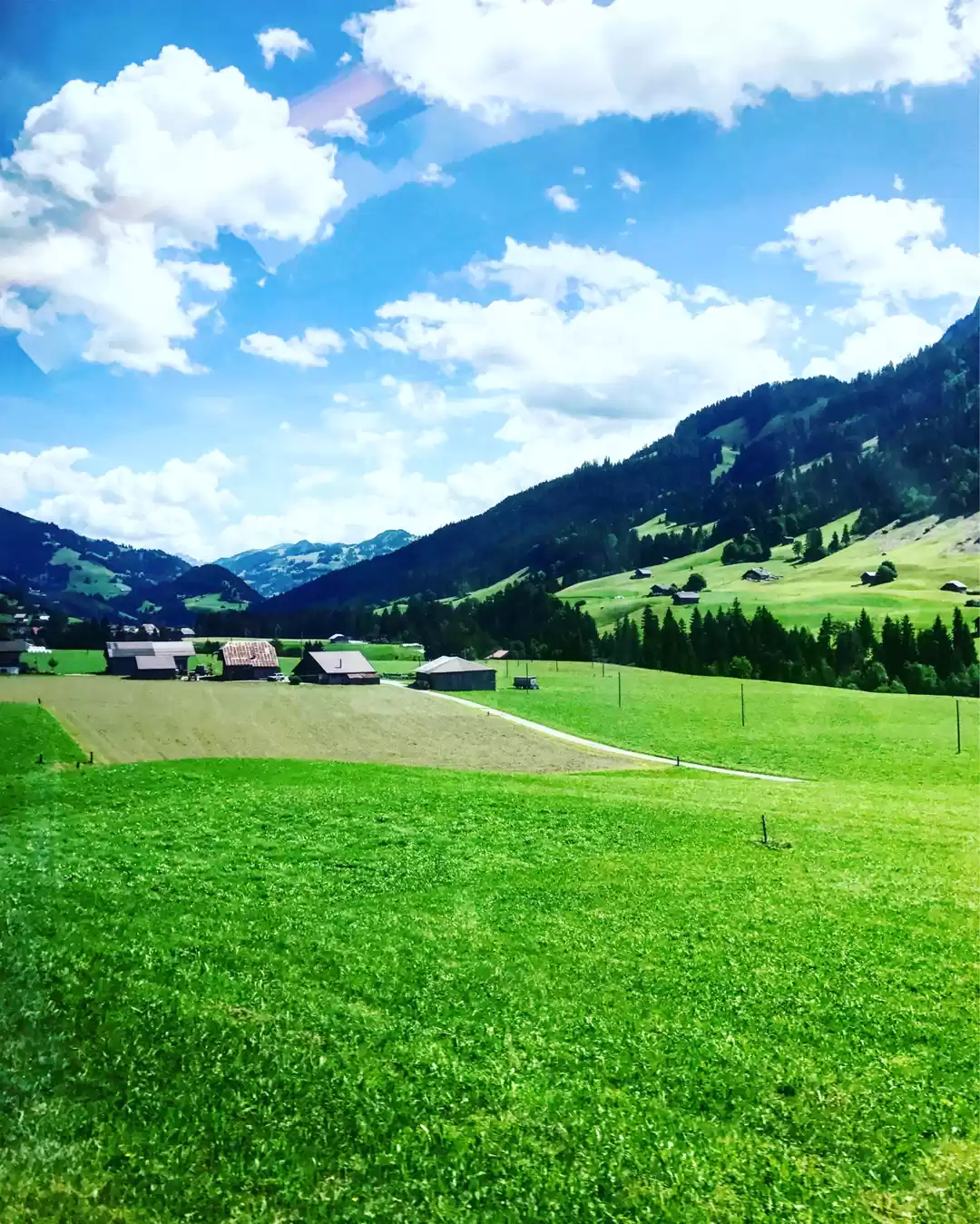
Are you thinking of taking a trip to Geneva? Below we explain the basic information that you have to know before starting the trip and that will help you save in one of the most expensive cities in Europe.
What is the official language?
The official languages of Switzerland are German, French, Italian and Romansh. Therefore, the Swiss territory is divided into four linguistic zones and in each of them there is a main language. You will see that depending on the city you visit it seems that you have changed countries. In Geneva French is dominant.
Is it expensive to travel to Geneva?
With regard to currency, Switzerland is the only European country that still maintains a currency called franc. A Swiss franc (CHF) is equivalent to approximately € 0.91. Almost everywhere you can pay by card, but think that if your bank charges you commission; perhaps the best option is to ask for exchange before leaving. The Swiss standard of living is higher than most of Europe and beyond restaurants; it is expensive to even go to the supermarket. For example, the average price of a coke is CHF 3.5 and the average price of a menu in a fast-food restaurant (McDonald's style) is CHF 14.
Transportation - How to Get Around Geneva by Car
Whether your preference is to move by car or if you choose to move by public transport, here we will give you the tips to not pay more than necessary. If you drive through Geneva, you will see that there are no tolls, but that you have to pay an annual toll tax through a vignette. This, which has to be attached to the windshield of the car, can be purchased at gas stations, tobacconists or at customs. It has a standard price of 40 francs and is valid for the entire year.
If you plan to explore outside of Geneva, you should rent your own car – you can compare car hire prices in Geneva on this page. Additionally, there are some roads that are not included in the price of this vignette and have to be paid separately such as the Grand-Saint-Bernard tunnels (5.8 km) and the Munt La Schera (3.5 km) that connect Switzerland with Italy. Another thing you have to keep in mind is the color of the highway signs. Unlike the rest of Europe, the green color in the signs indicates that they are highways and the blue color that they are secondary roads.
Transportation - Where to Park in Geneva
In Geneva, free parking is possible, but for a limited time. However, it is not always the best option. Depending on how long you are in the city, maybe one type of parking or another will suit you. Here we explain what types there are:
- Public or private (traditional) car park that take a ticket at the entrance and pay at the exit.
- Blue zone: They are usually free zones but of limited time. You have to ask for a time disk at the tourist office and with this you have to mark the arrival time.
- White area: They are usually paid and have a machine so you can pay in advance. These have a maximum of hours per day and at night they are usually free.
- White areas but with a blue signal: These have the white ground line but there is no parking meter and they have a blue signal nearby. That means they work like the blue zone and therefore are free for a limited time.
The Jet d'Eau of Geneva
The Jet d'Eau fountain in Geneva (literally "water jet") is the symbol of the city since the creation of its decorative version in 1891. You may not know it, but its first attempt was not to be aesthetic. It was indeed a solution to a technical problem! The first version, 30 meters high, acted as a safety valve for a water installation located in the city. The current version, dating from the 50s, has a height of 140m. Every second, more than 500 liters of water are expelled at a speed of 200 km/h. At each moment, 7 tons of water form this magnificent jet of water! Located on the Jetée des Eaux Vives , the water jet is nowadays an essential tourist attraction in Geneva.
Geneva Old Town
The old town of Geneva, the largest historical center in Switzerland, is where you will find some of the most emblematic places to visit during your visit to Geneva. It is very easy to visit on foot! Here are the highlights of the old town:
- St. Peter's Cathedral in Geneva and the Chapel of the Maccabees
- Calvin College («Collège Calvin» in French), dating from the 16th century and is the oldest in the city
- The Bastion Park
- The Reformation Wall
- Place du Bourg-de-Four, a square with fountains and numerous cafes and restaurants. The facade of Museum of Art and History is magnificent. From there, the famous secret passage "Degrés de poules" leads to the cathedral
- Treille Promenade
- The Tavel House (Maison Tavel), the oldest private house in Geneva, now converted into a museum
- The Molard Tower: Well, it's not exactly in the old town, but just at the exit, in the Plaza. Molard was built in 1591, has a clock and is decorated with weapons linked to the history of the Reformation and Geneva
During your visit to the old town of Geneva, you should pay attention to the names of the streets: the rue du Purgatoire (Purgatory) and the rue d 'Enfer (Hell) are located next to the rue de la Croix d'Or ( golden cross) and rue de Toutes Âmes (All Souls)! Some of these tourist attractions definitely deserve a dedicated visit!
















